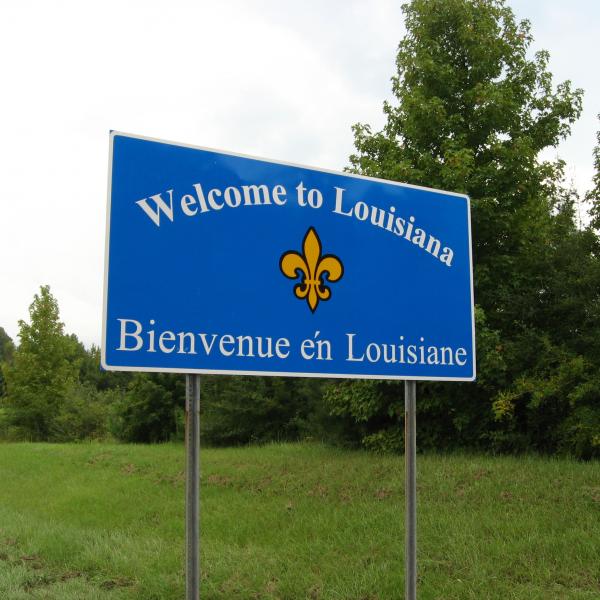The following is a kind of metaphorical biography based on Dr. Burke’s lecture on the life and works of John Coltrane. This material was all new to me, and I decided to use this blog entry to try and encapsulate Coltrane’s career in such a way as to make some sense of it all. Hopefully, in the process, it will help someone else accomplish the same end. At the risk of oversimplifying, it seems to me that his career, in terms of style, seemed to swing like the proverbial pendulum…
This young phenomenon, reared in the fairly orthodox prep school of Dizzy Gillespie would soon graduate (by 1955) to attend the less orthodox College of Miles Davis. Playing with Miles as a part of the First Great Miles Davis Quintet provided Coltrane with the confidence to begin to spread his creative wings and explore a riskier brand of Jazz that would one day become the hallmark of this master’s style. The pendulum began to swing.
 Coltrane’s graduate work at Thelonius Monk University was a natural extension of what began with Davis. His work with Monk provided him with the artistic freedom to hone his craft and more importantly develop the style that would soon become known as Coltrane’s “sheets of sound.” Blue Train would become, for all intents and purposes, Coltrane’s master’s thesis. The incredibly complex improvisation found on this work would increase the momentum of the pendulum even more, taking him even further way from his orthodox roots.
Coltrane’s graduate work at Thelonius Monk University was a natural extension of what began with Davis. His work with Monk provided him with the artistic freedom to hone his craft and more importantly develop the style that would soon become known as Coltrane’s “sheets of sound.” Blue Train would become, for all intents and purposes, Coltrane’s master’s thesis. The incredibly complex improvisation found on this work would increase the momentum of the pendulum even more, taking him even further way from his orthodox roots.
By the time Coltrane entered the doctoral program at the University of Avante Garde, I’m guessing that listeners would have been hard-pressed to recognize the sound exuding from his saxophone. Works such as Ascension took listeners to places that they had not been to before, sometimes even places that they would have preferred to avoid. But as Coltrane embraced, and even shaped the freer jazz of the early 1960s, the pendulum that had swung so far towards this freedom began to slow. One could sense that a new direction was upon us.
In 1965, A Love Supreme, was a product of this pendulum shift as Coltrane began to swing back towards a more mainstream (albeit no less innovative) brand of jazz that seemed to perfectly represent the gamut of his experiences—a kind of compromise, and one that jazz fans seemed to embrace more than any of his previous works. A Love Supreme sold millions. And though this is certainly not necessarily an indication of a work’s greatness, it seems to me, as I sit here tonight listening to the range of Coltrane’s work, that it does represent a nice synthesis of much of his previous catalog. All of this of course begs the question, “In which direction would the pendulum have swung had Coltrane survived.”
I would love to hear from others (much more knowledgeable in this area than myself) in regards to this final thought, or where I have misrepresented and/or misinterpreted in the above summary. I welcome comments.
-- Ben Gracey



